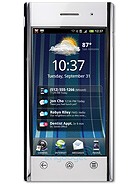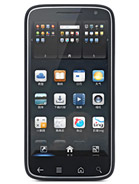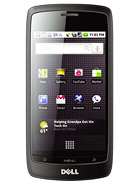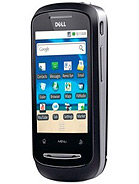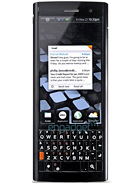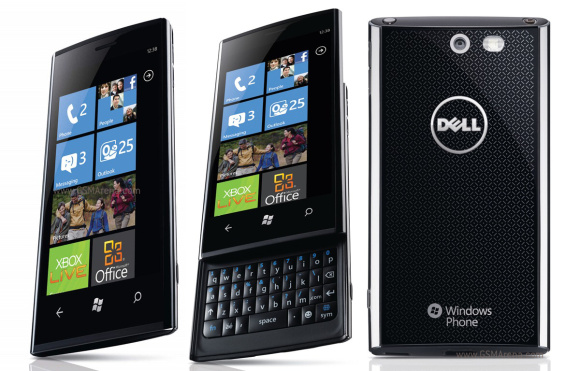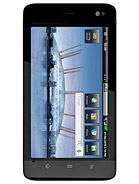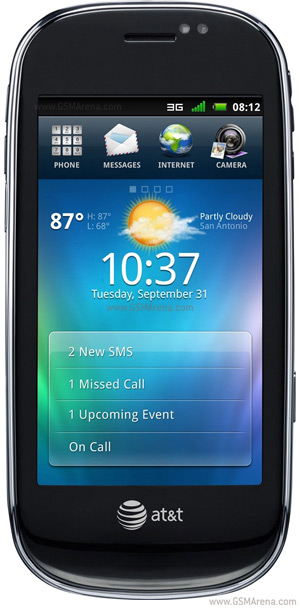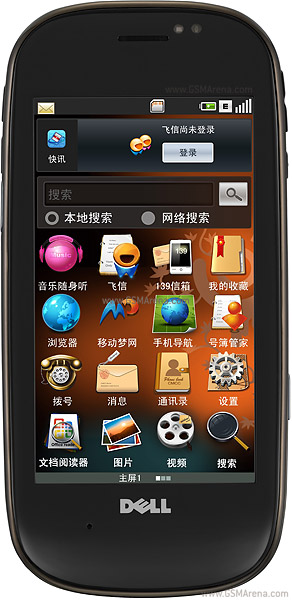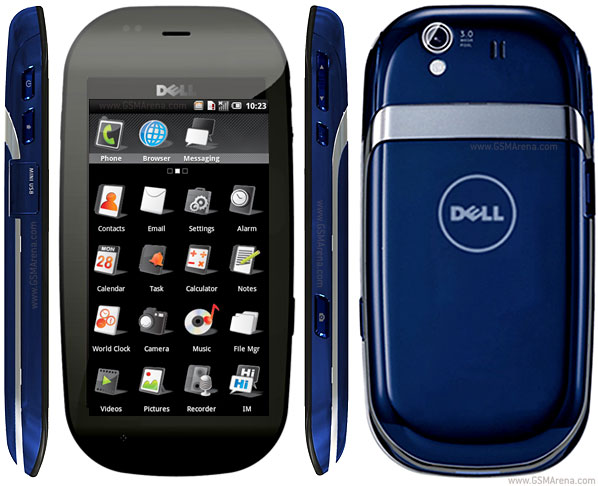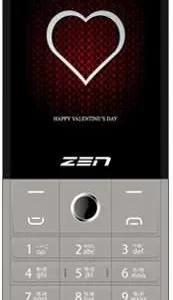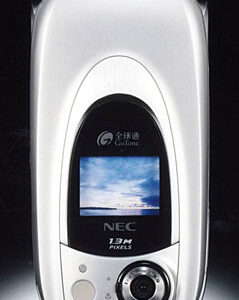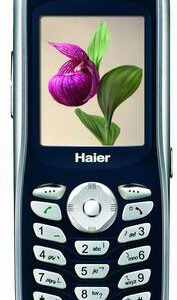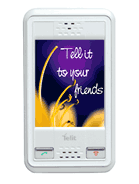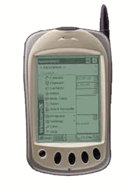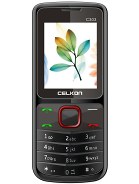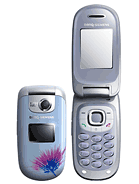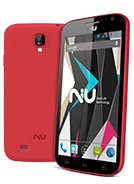Dell Flash Overall Review
The Dell Flash represents an intriguing blend of style and functionality in the realm of early Android smartphones. Announced with intentions to launch in 2011, it promised a sleek design, possibly featuring a 3.5-inch display tailored for crisp, clear visuals suitable for browsing, gaming, and multimedia consumption.
At the heart of the Dell Flash was to be an MSM7230 chipset, paired with 512 MB RAM, which for its time, would have offered a balance between performance and energy efficiency. This hardware configuration aimed to ensure smooth operation across basic and moderately demanding applications.
Photography enthusiasts would have found the 5 MP primary camera sufficient for capturing moments with decent quality. Moreover, the device was expected to be powered by a 1300 mAh battery, which would need careful management to support a day’s usage, depending on the user’s activity levels.
The Dell Flash stood out for its design ambition, notably planning to utilize curved glass to enhance user experience and ergonomics, signaling Dell’s commitment to innovation in smartphone design.
Pros and Cons
Pros:
- Compact and stylish design, making it visually appealing and comfortable to hold.
- Adequate camera for casual photography in its era.
- Planned support for expandable storage via a microSD slot, enhancing its utility.
Cons:
- By today’s standards, the hardware might seem outdated, particularly the processor and RAM.
- Battery life could be a concern, with a 1300 mAh capacity requiring frequent charges under heavy use.
- Lacks the advanced features and ecosystem support found in contemporary smartphones.
